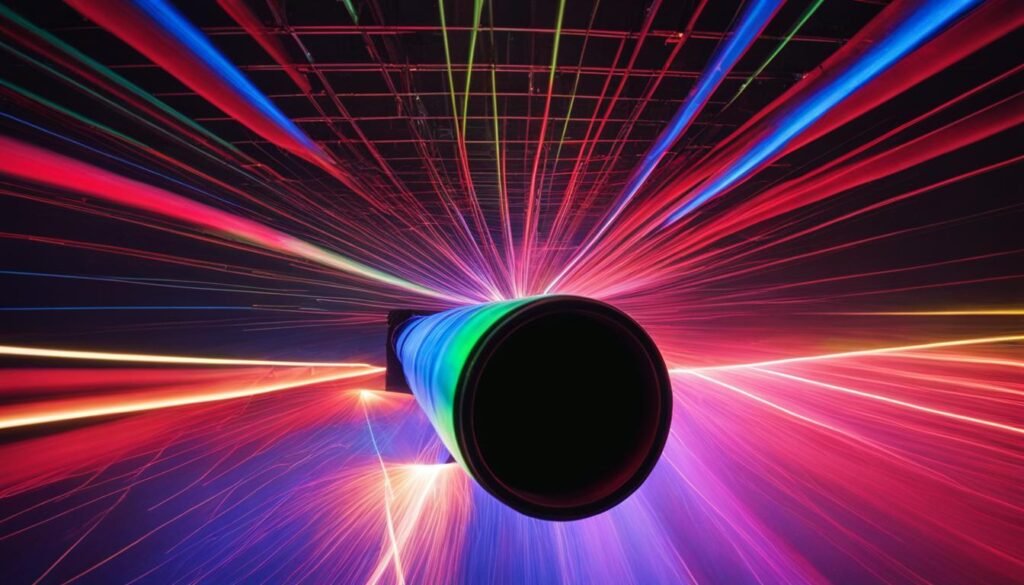Contents
Source: Department of Energy
Understanding Thermal Imaging
Thermal imaging, also known as infrared thermography, involves capturing images based on thermal radiation emitted by objects. This technology is used to either measure accurate temperature maps of surfaces or to provide qualitative information such as identifying hot spots without precise temperature measurements.
Principles of Thermal Imaging
Thermal imaging is most effective for objects with temperatures close to room temperature, typically between -50 °C and +100 °C. The emitted thermal radiation falls within the mid- to far-infrared spectral regions, where the atmosphere allows for high transmission of radiation. This makes imaging feasible in specific spectral ranges, usually between 3 μm and 5 μm and 8 μm and 12 μm.
Infrared Cameras
Various types of infrared cameras are used for thermal imaging, operating in spectral regions with high atmospheric transmission. These cameras may utilize different detectors, including cooled infrared photodetectors or thermal detectors like microbolometers that operate at room temperature.
Infrared Images
Infrared images can be displayed in grayscale or false colors to represent different levels of thermal radiation. The resolution of infrared images is often lower compared to visible light images due to limitations in sensor technology.
Remote Temperature Measurements
Thermal imaging allows for remote temperature measurements without direct contact with objects. This method is advantageous for its quick and non-invasive nature, making it suitable for various applications.
Applications of Thermography
Thermography finds applications in diverse fields:
- Inspection of Buildings: Used for assessing energy efficiency and detecting heat leaks in buildings.
- Inspection of Machinery: Identifying faults and abnormalities in machinery through thermal imaging.
- Fire Detection and Fire Fighting: Quickly identifying fires based on intense infrared radiation and aiding firefighters in assessing fire details.
- Medical and Veterinary Applications: Monitoring skin temperatures for medical diagnostics and identifying health conditions.
- Military Applications: Utilized for military purposes such as locating targets and guiding anti-aircraft rockets.
Conclusion
Thermal imaging is a versatile technology with widespread applications in various industries, offering non-contact temperature measurements and valuable insights through thermal radiation analysis.
Source: Pulsar Vision
Feel free to comment your thoughts.


